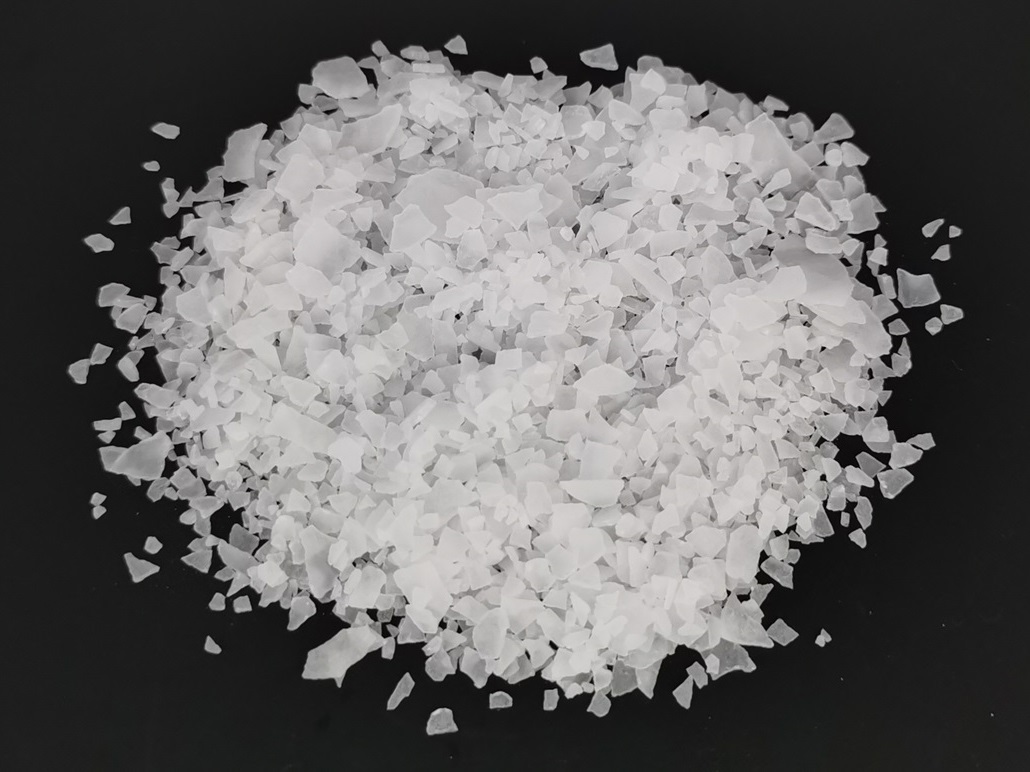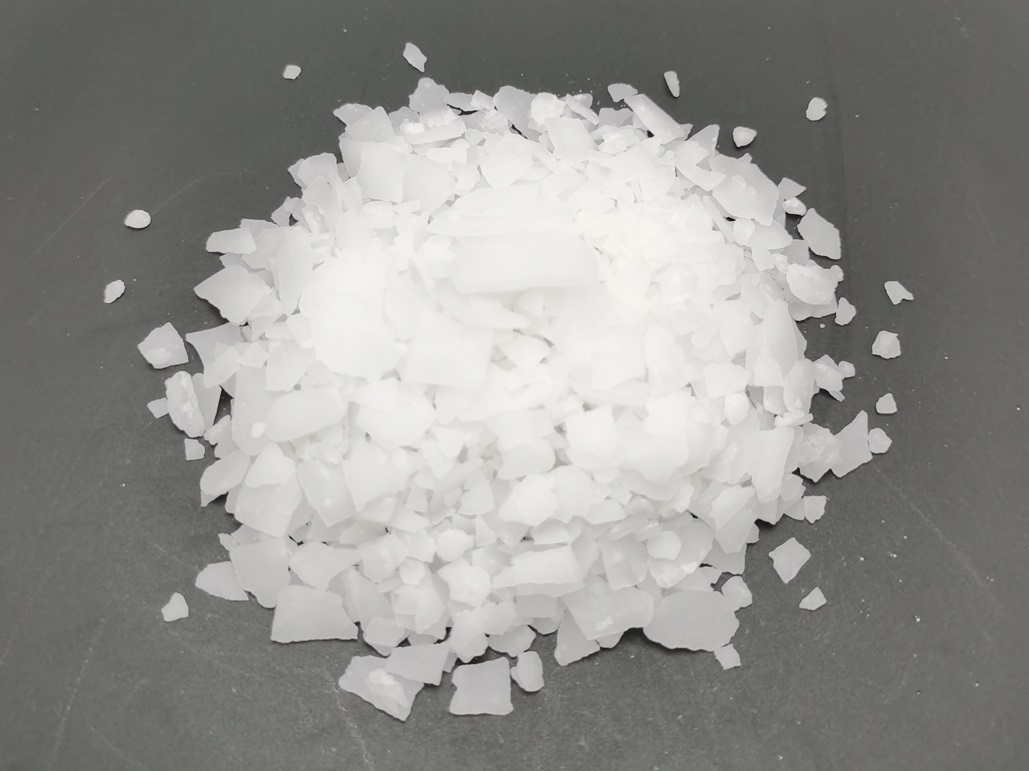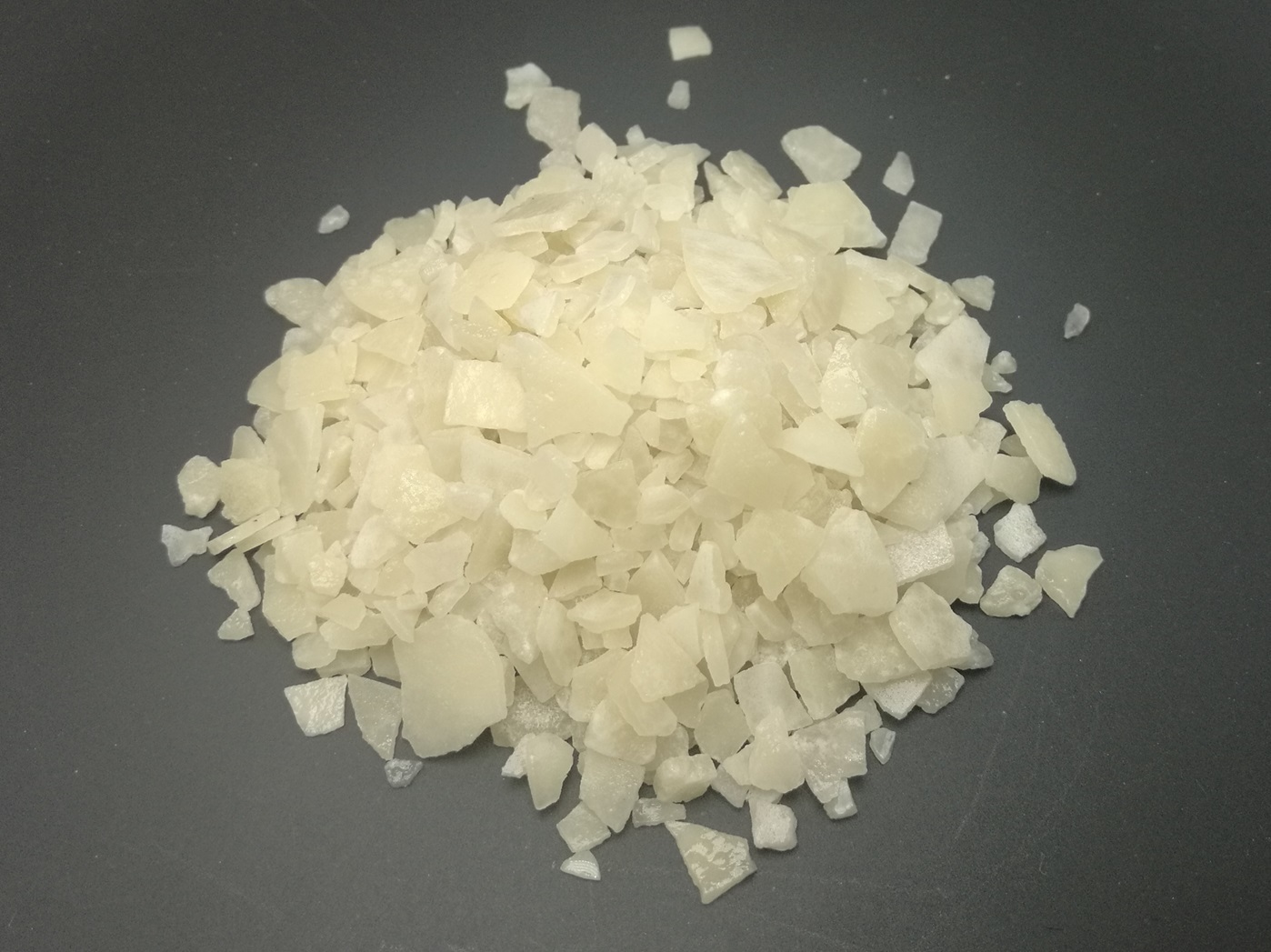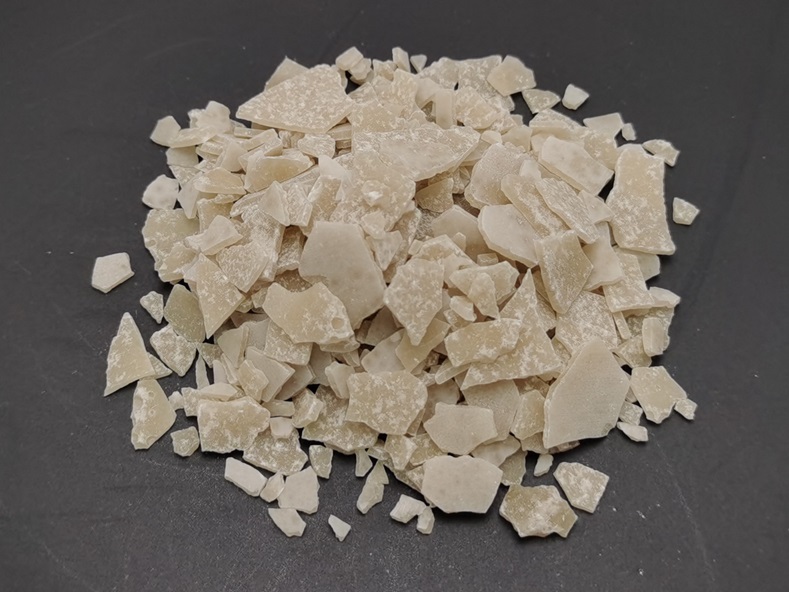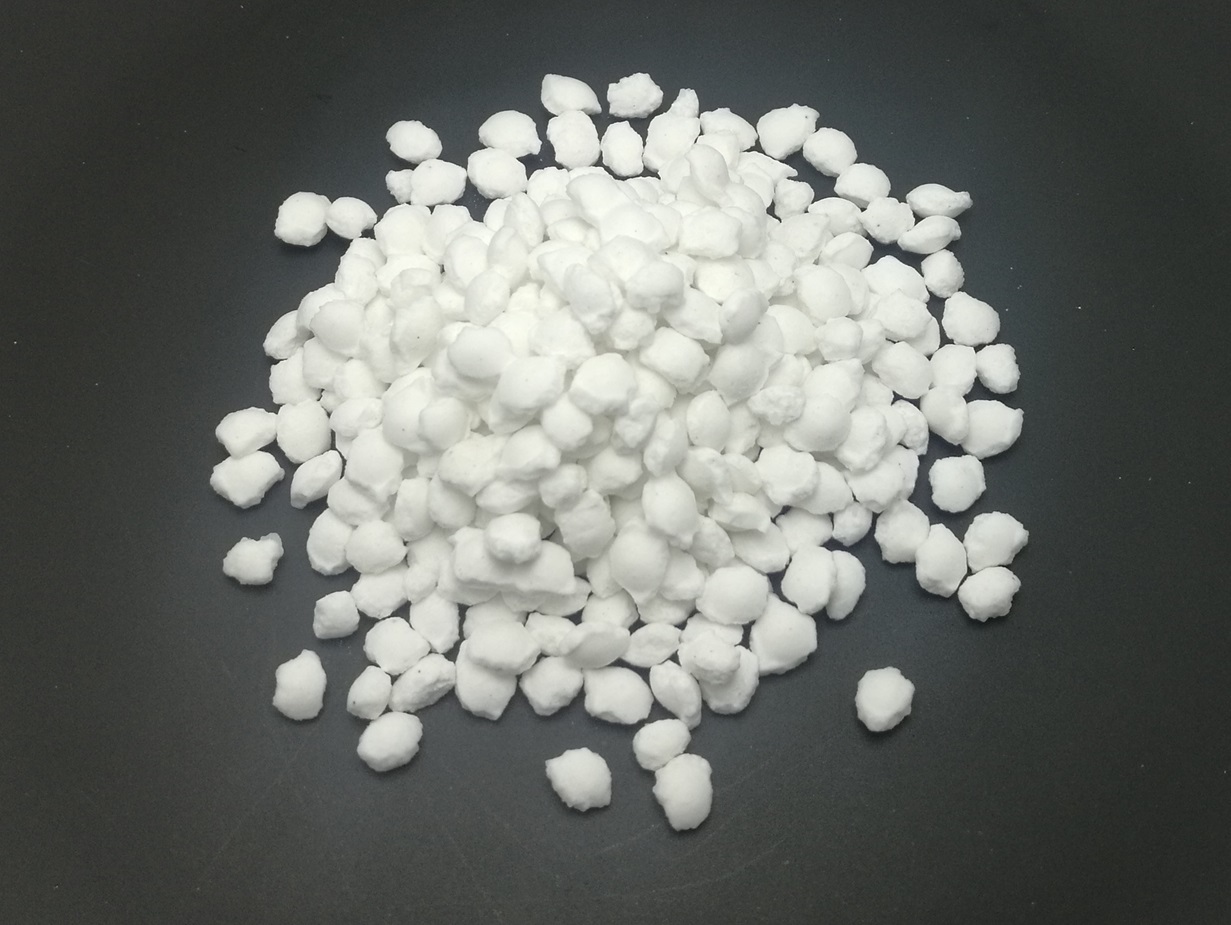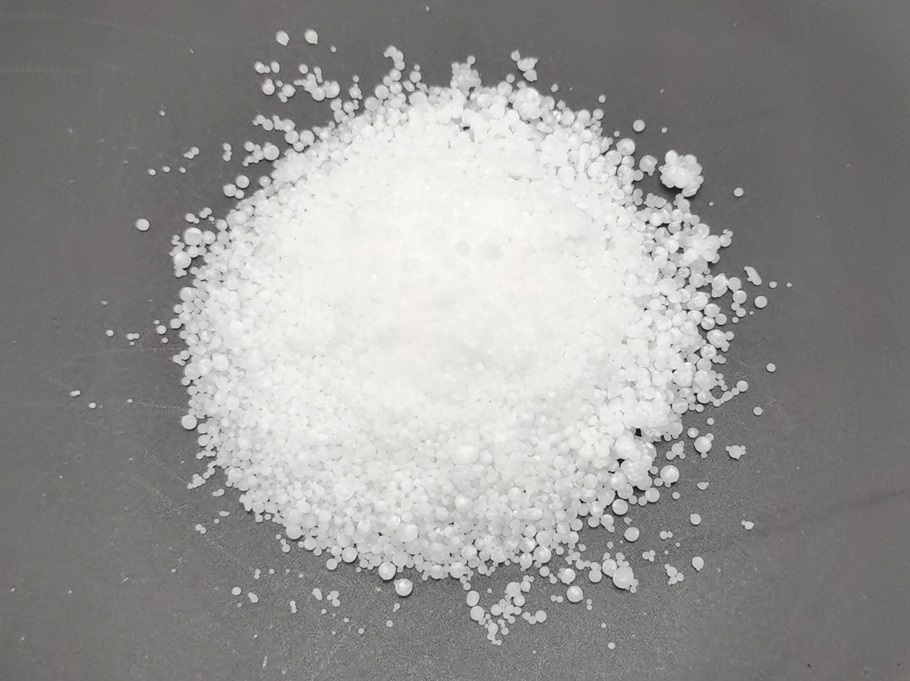Magnesium Chloride
- Main Uses & Advantages
- Packaging & Storage
- 概要位置
- 顶部大图
- 蓝色模块数据小图
-
- Commodity name: Magnesium Chloride
- Mgo Content:: 1
- typ:: 1
- Appearance: : 1
- Powder/Granular/Pellet Grain Size: 1
- Other indicators:: 1
Due to its hygroscopic properties, the main applications of Magnesium Chloride are snowmelt and dust control.
Magnesium chloride pellets have a spherical shape in form and are effective for melting ice. They are designed to work nicely with most salt spreaders to rapidly cover a big surface area.
Magnesium chloride flakes are flat inconsistently shaped flakes. The advantage of using flakes versus pellets is that flakes don't bounce or roll off hard surfaces. Magnesium chloride flakes will basically stay where they are spread. Therefore, magnesium chloride flakes are often used in smaller areas where you don't want the product to move after it leaves the salt spreader.
The practical lowest temperature limit for magnesium chloride is 5 ℉ or -15 °C.
In terms of dust control, magnesium chloride pulls moisture from the air, keeping roads and surfaces damp with lower dust production much longer than water. It can work even in hot, dry conditions and don't dry up like water, which provides a cumulative effect.
-
25kg paper bag.
Big PP bag with or without bottom spout, with or without PE liner.
Store product in a dry area, remaining sealed.
Shelf life is 12 months under good storage condition.
-
MgCl2 can be extracted from seawater or brine and is chemically named Magnesium Chloride. Magnesium chloride is a colorless crystalline compound. The salt is very hygroscopic. It has density of 2.325 g/cm3 (anhydrous), 1.56 g/cm3 (hexahydrate) and a high melting point of 714 °C. Magnesium chloride hexahydrate is only stable below 100 °C and decomposes at 118 °C. The compound well dissolves in water with solubility of 35.5g per 100g H2O at 25 °C. Dissolving MgCl2 is an exothermic process.
Magnesium chloride is available in flake, pellet and powder; available as magnesium chloride hexahydrate and magnesium chloride anhydrous.
-

-
Main Properties MgCl2 46.5% MgSO4 0.35% KCl 0.55% NaCI 0.65% Fe3+ 7 ppm Grain Size Flakes
- Main Uses & Advantages
- Packaging & Storage
- 概要位置
- 顶部大图
- 蓝色模块数据小图
-
- Commodity name: Magnesium Chloride
- Mgo Content:: 1
- typ:: 1
- Appearance: : 1
- Powder/Granular/Pellet Grain Size: 1
- Other indicators:: 1
Due to its hygroscopic properties, the main applications of Magnesium Chloride are snowmelt and dust control.
Magnesium chloride pellets have a spherical shape in form and are effective for melting ice. They are designed to work nicely with most salt spreaders to rapidly cover a big surface area.
Magnesium chloride flakes are flat inconsistently shaped flakes. The advantage of using flakes versus pellets is that flakes don't bounce or roll off hard surfaces. Magnesium chloride flakes will basically stay where they are spread. Therefore, magnesium chloride flakes are often used in smaller areas where you don't want the product to move after it leaves the salt spreader.
The practical lowest temperature limit for magnesium chloride is 5 ℉ or -15 °C.
In terms of dust control, magnesium chloride pulls moisture from the air, keeping roads and surfaces damp with lower dust production much longer than water. It can work even in hot, dry conditions and don't dry up like water, which provides a cumulative effect.
-
25kg paper bag.
Big PP bag with or without bottom spout, with or without PE liner.
Store product in a dry area, remaining sealed.
Shelf life is 12 months under good storage condition.
-
MgCl2 can be extracted from seawater or brine and is chemically named Magnesium Chloride. Magnesium chloride is a colorless crystalline compound. The salt is very hygroscopic. It has density of 2.325 g/cm3 (anhydrous), 1.56 g/cm3 (hexahydrate) and a high melting point of 714 °C. Magnesium chloride hexahydrate is only stable below 100 °C and decomposes at 118 °C. The compound well dissolves in water with solubility of 35.5g per 100g H2O at 25 °C. Dissolving MgCl2 is an exothermic process.
Magnesium chloride is available in flake, pellet and powder; available as magnesium chloride hexahydrate and magnesium chloride anhydrous.
-

-
Main Properties MgCl2 46.5% MgSO4 0.35% KCl 0.55% NaCI 0.65% Fe3+ 7 ppm Grain Size Flakes
| Main Properties | ||
| MgCl2 | 46.5% | |
| MgSO4 | 0.35% | |
| KCl | 0.55% | |
| NaCI | 0.65% | |
| Fe3+ | 7 ppm | |
| Grain Size | Flakes | |
Recommended Applications
Magnesium chloride and calcium chloride are very effective products for snowmelt and dust control.

